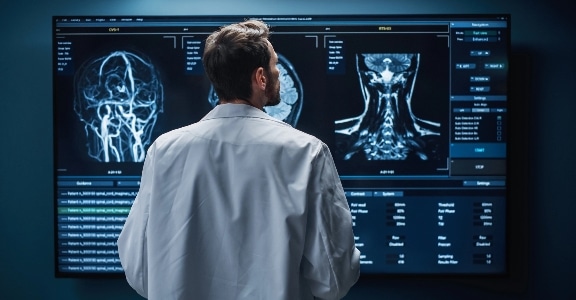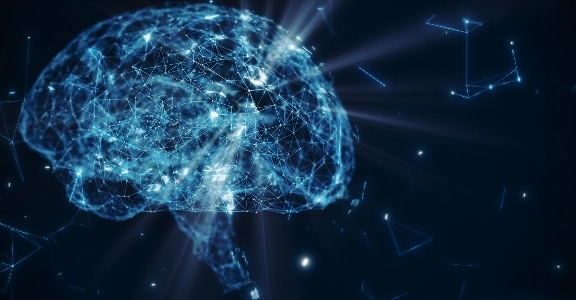Vagus Nerve Certification Training
The Society will be launching our introductory 6-hour online CME Certification Course Summer 2023. Eligible only to society members, participants who complete the certification test will be able to print out their certificate of completion and receive ongoing educational credits. The course is organized as follows:
PART 1: VAGUS NERVE BASICS (3 hours)
Lesson 1: Vagus Nerve Anatomy & Physiology
Lesson 2: Vagus Nerve and Inflammation
Lesson 3: Vagus Nerve Interfaces: The Microbiome-Gut—Brain-Skin Axis. The Endocannabinoid System
Lesson 4: The Polyvagal Theory
Lesson 5: Methods of Vagus Nerve Stimulation Part 1
Lesson 6: Methods of Vagus Nerve Stimulation Part 2
Lesson 7: How to Assess Vagus Nerve Function
PART II: RESEARCH AND UPDATE ON SELECTED CLINICAL CONDITIONS AND VNS (~3 hours)
Lesson 1: Migraines & Cluster Headaches
Lesson 2: Anxiety, Depression & PTSD
Lesson 3: GI Disorders
Lesson 4: Neurodegenerative Disorders
Lesson 5: Cognition/Attention and Wellness
Lesson 6: Long-COVID
Lesson 7: Connective Tissue Disorders
Lesson 8: Metabolic Disorders



